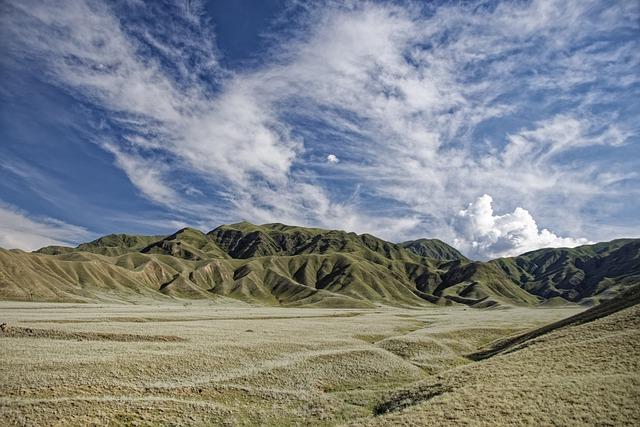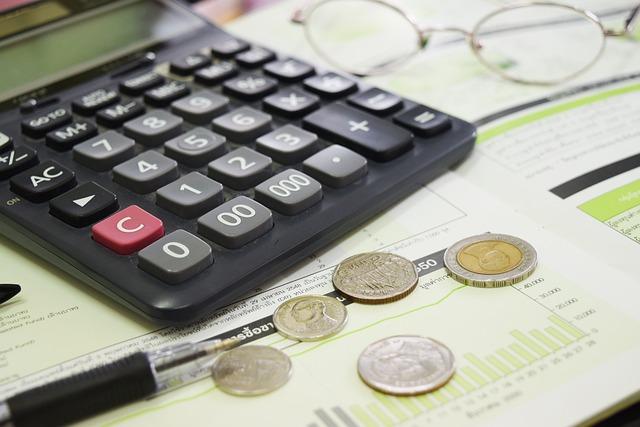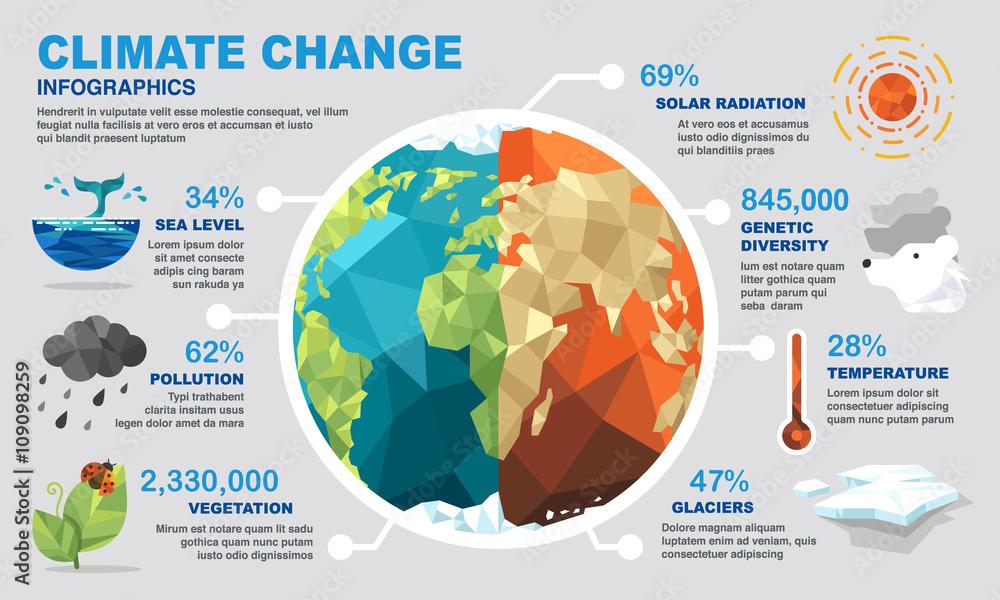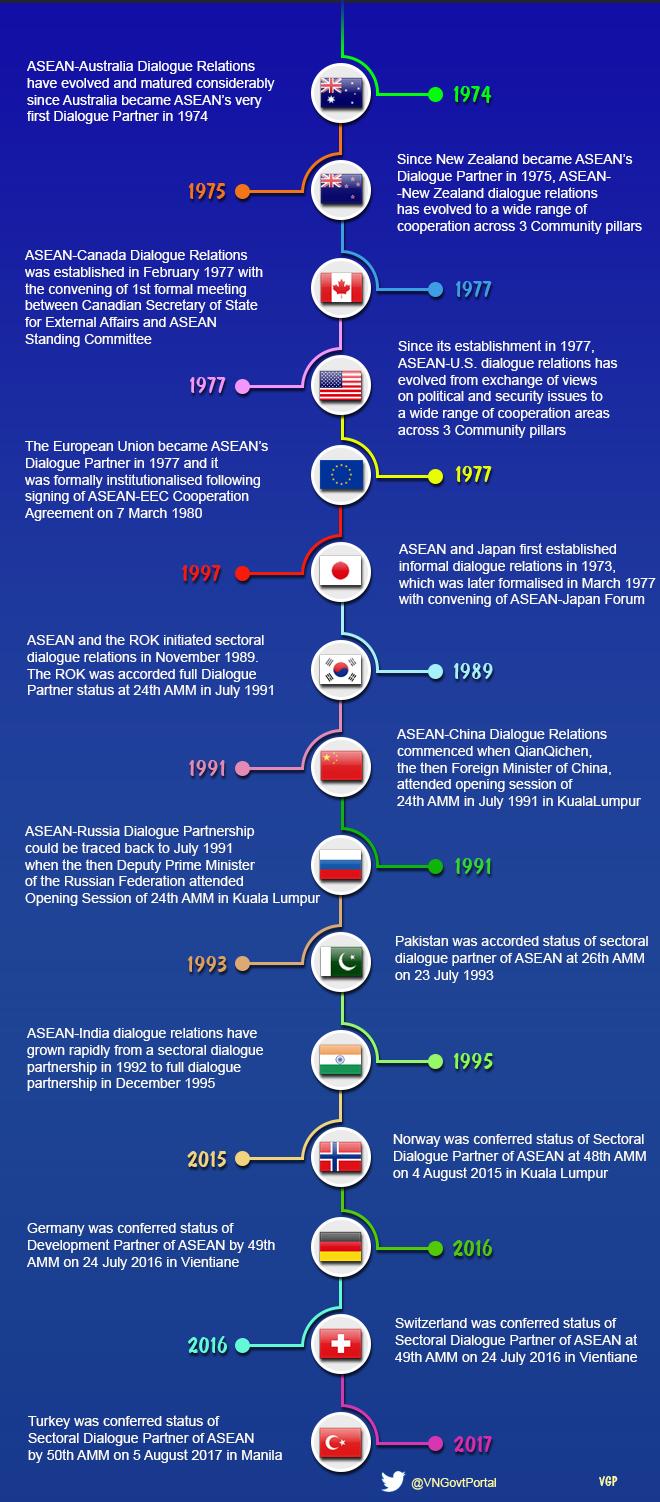Teh European Union is set to strengthen its ties with Central Asia as it prepares for the inaugural EU-Central Asia Summit, scheduled to take place on April 3-4, 2025. announced by the European External Action service (EEAS), this landmark event seeks to enhance cooperation across a range of critical areas, including trade, security, and enduring progress. As geopolitical dynamics shift and economic relationships evolve, the summit marks a meaningful step in fostering dialog between the EU and Central Asian nations—Kazakhstan, Kyrgyzstan, Tajikistan, Turkmenistan, and Uzbekistan. With challenges including climate change, regional security, and energy dependence increasingly demanding attention, the summit presents a pivotal chance for leaders to build a collaborative framework aimed at addressing shared concerns and promoting mutual interests.
First EU-Central Asia Summit Set to Strengthen Diplomatic Relations
The inaugural summit between the European Union and Central Asia is poised to take place on 3-4 April 2025, marking a significant milestone in fostering diplomatic ties and enhancing cooperation between the regions.This gathering aims to address key issues such as sustainable development, security collaboration, and economic partnerships. With representatives from the EU and Central asian nations participating, the summit is expected to facilitate open dialogues on mutual interests and challenges, paving the way for a more integrated approach to governance and regional stability.
Among the anticipated topics for discussion are:
Climate Change: Collaborative efforts to combat environmental challenges affecting both regions.
Trade Relations: Exploring avenues to boost economic exchanges and reduce barriers.
Human Rights: Strengthening commitments to uphold fundamental rights and democratic values.
Security: Joint initiatives to tackle terrorism, organized crime, and regional conflicts.
To aid in understanding the strategic focus, the following table highlights selected key areas of cooperation:
Cooperation Area
Objectives
Economic Diplomacy
Enhance trade links and investment opportunities.
energy Security
Ensure reliable energy supplies and transition to renewables.
Cultural Exchange
Promote mutual understanding through educational and cultural initiatives.

Key Economic Opportunities for Enhanced Trade Between EU and Central Asia
The upcoming EU-Central Asia summit presents a significant opportunity to strengthen economic ties between the regions, fostering a collaborative habitat that could lead to increased trade and investment. Central Asia,rich in natural resources and strategically located along past trade routes,offers unique advantages for EU businesses. Key sectors ripe for growth include:
Energy Transition: The EU’s commitment to renewable energy aligns with Central Asia’s potential for solar and wind energy development.
Agriculture and Food Security: There are opportunities for enhancing agricultural practices and food production methods, benefiting both regions.
Digital Economy: Investments in technology and digital infrastructure can create new avenues for e-commerce and digital services.
Infrastructure Development: Enhancing transport and logistics networks will facilitate smoother trade routes between the EU and Central Asia.
Moreover, establishing joint ventures and partnerships in sectors such as manufacturing and services can leverage local expertise and EU innovation. A notable area of focus will be the creation of trade agreements that lower tariffs and barriers, encouraging businesses to explore transcontinental opportunities. The anticipated summit could also bolster regional stability, allowing for a secure environment conducive to economic growth. By harnessing these possibilities, both the EU and Central Asian countries stand to gain significantly from enhanced trade relations.

Addressing Climate Change: Collaborative Strategies on Environmental sustainability
The upcoming summit in April 2025 represents a significant opportunity for the European Union and Central Asian countries to unify their efforts in tackling pressing environmental issues. As the challenges posed by climate change intensify,cooperation will be essential in developing innovative solutions and implementing sustainable practices.Participants are expected to explore various collaborative strategies, focusing on areas such as:
Renewable Energy Initiatives: Investment in alternative energy sources like solar and wind.
Conservation Projects: joint efforts to protect biodiversity and natural resources.
Climate Resilience: Building infrastructure to withstand climate impacts.
Public Awareness Campaigns: Educating citizens about sustainability practices.
The summit aims to not only foster dialogue but also to lay the groundwork for action-oriented partnerships. By sharing best practices and technological advancements, EU and central Asian nations can enhance their capacities to address environmental challenges.In this regard, a table summarizing key areas of focus may help illustrate the planned discussions:
Focus Area
Potential Initiatives
Water Resources Management
integrated river basin management strategies
Waste Reduction
Implementing circular economy practices
Carbon Emission Reduction
setting ambitious greenhouse gas reduction targets
Transport Infrastructure
Promoting electric and sustainable transport options

Security Cooperation in Focus: Navigating Geopolitical challenges Together
As the geopolitical landscape shifts with increasing complexity, the upcoming summit represents a pivotal opportunity for EU and Central Asian nations to consolidate their security partnerships. High on the agenda will be discussions around collaborative strategies addressing shared threats such as terrorism, organized crime, and cybersecurity. By forging a united front, participants aim to enhance the resilience of the region, ensuring stability through enhanced cooperation and intelligence sharing. Joint military exercises, capacity building, and resource sharing will form the core of this dialogue, serving to strengthen trust and interoperability among forces.
The summit will also facilitate a platform for exploring economic dimensions of security, recognizing that a prosperous society is better equipped to combat various forms of instability. Participants will delve into key areas of cooperation, which may include:
trade agreements to stimulate economic growth
Energy security partnerships for improved resource management
environmental initiatives addressing climate-related challenges
Cultural exchanges to foster mutual understanding and dialogue
In line with this robust agenda, a
Key Areas
Focus
Security Collaborations
Joint counter-terrorism strategies
Economic Cooperation
Infrastructure and trade development
Environmental Sustainability
Joint projects on climate resilience
will guide the discussions, yielding actionable commitments that define the future of security cooperation in the region.

Cultural Exchange and Education: Building Bridges for Future Generations
The upcoming EU-Central Asia summit in April 2025 promises to be a pivotal event for fostering deeper connections between Europe and Central Asia. as nations come together to discuss not only political and economic ties but also the integral role of educational and cultural exchange, the potential for collaboration becomes increasingly evident. The summit will feature a variety of sessions aimed at promoting mutual understanding and shared values, focusing on the importance of cross-cultural dialogue in nurturing future leaders. Key themes to be explored include:
Joint Educational Programs: Initiatives that facilitate students’ and educators’ mobility across borders, enhancing the academic landscape.
Language and cultural Immersion: strategies to enable language learning and cultural exposure, fostering respect and dialogue.
Research Collaboration: Partnerships between universities and research institutions aimed at addressing common challenges.
Furthermore, the summit will emphasize the establishment of platforms for artistic collaboration that encourage creative exchanges and promote cultural heritage. Participants can anticipate discussions revolving around potential bilateral agreements aimed at supporting these initiatives. A preliminary discussion will also cover the impact of digital technologies in education and cultural outreach, showcasing how these tools can bridge geographical gaps and enhance interactive learning.
Key Areas of Focus
Expected Outcomes
Educational Exchange
increased student and faculty mobility
Cultural Programs
Strengthened cultural ties and understanding
Research Collaboration
Innovative solutions for common issues

Recommendations for a Successful Summit: Prioritizing Dialogue and Partnership
In preparation for the upcoming summit between the EU and central Asia, it is indeed crucial to establish a framework that encourages open dialogue and fosters partnerships. this can be achieved by prioritizing the following approaches:
Engagement of Stakeholders: Involve a diverse range of participants, including government officials, civil society representatives, and private sector leaders, to ensure a thorough dialogue.
Setting Clear Objectives: Define the specific goals of the summit to guide discussions and measure outcomes effectively.
Cultural Sensitivity: Recognize and respect the cultural differences and historical contexts of each participant to facilitate smoother interactions.
Follow-up Mechanisms: Design a follow-up plan to translate discussions into actionable initiatives, ensuring that the summit outcomes are implemented.
Additionally, the summit should focus on creating an environment conducive to building lasting partnerships. This entails:
Promoting Knowledge Sharing: Establish platforms for sharing best practices and innovation between the EU and Central Asian countries.
Encouraging Collaborative Projects: Initiate joint ventures that tackle common challenges, such as climate change, security, and economic development.
Utilizing Technology: Leverage digital tools to promote communication and collaboration before, during, and after the summit.
Celebrating Successes: Highlight successful collaborations in previous summits to inspire confidence in new partnerships.
The Conclusion
the upcoming EU-Central Asia summit scheduled for April 3-4, 2025, marks a significant step in fostering diplomatic relations and collaboration between the European Union and Central Asian nations. As both regions navigate complex geopolitical landscapes and shared challenges,this summit presents an opportunity for dialogue and partnership across various sectors,including trade,security,and sustainable development. The European External Action Service emphasizes the importance of this engagement, signaling a commitment to a more integrated approach to regional cooperation. Stakeholders from both sides will undoubtedly watch closely as the agenda unfolds,hopeful that this historic meeting will lay the groundwork for a resilient and cooperative future in the heart of Eurasia.
—-
Author : Asia-News
Publish date : 2025-02-19 17:34:27
Copyright for syndicated content belongs to the linked Source.